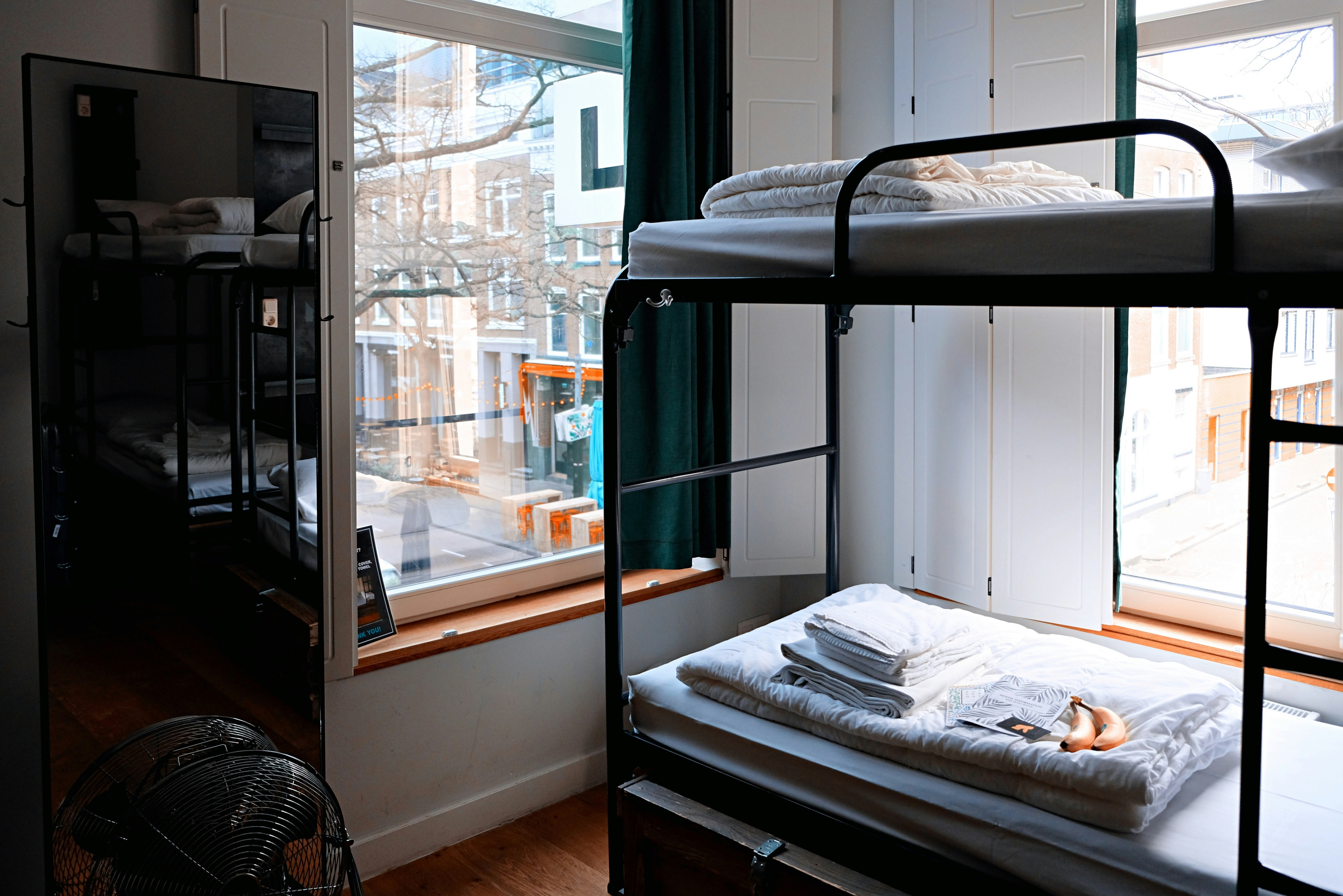Automation Tools That Free Up Time (and Your Budget)

In real estate, time really is money. Leasing teams juggle lead follow-ups, maintenance requests pile up, and property managers constantly battle against rising costs and shrinking margins. The question for every operator becomes: how can we maximize efficiency without ballooning overhead?
The answer: automation.
Smart automation tools are no longer “nice-to-have”—they’re competitive necessities. They streamline workflows, reduce labor costs, and ultimately free up your team to focus on high-value activities like tenant retention and revenue growth. In this post, we’ll explore how automation directly improves net operating income (NOI) while helping you cut costs and scale your portfolio.
Why Automation Matters for Real Estate Operators
Real estate is notorious for its reliance on manual, repetitive processes:
- Collecting rent checks
- Scheduling property tours
- Manually tracking maintenance requests
- Sending tenant reminders
- Updating accounting systems
These time drains eat away at productivity and often require extra headcount to manage. Automation tools remove these repetitive burdens, lowering operating expenses (OPEX) while improving tenant experiences.
The bottom line? Lower costs + higher tenant satisfaction = stronger NOI.
Key Areas Where Automation Boosts NOI
1. Leasing & Tenant Communication
Leasing teams waste countless hours chasing down prospects. Automation changes the game:
- AI Leasing Assistants: Virtual agents respond to inquiries 24/7, schedule tours, and answer FAQs instantly.
- Automated Follow-Ups: Prospects receive timely emails and text reminders without staff involvement.
- Self-Scheduling Tools: Tenants can book their own tours, cutting out back-and-forth scheduling headaches.
This ensures no lead slips through the cracks while reducing the workload on your leasing staff.
2. Rent Collection & Payment Processing
Paper checks and manual deposits are not only inefficient, but they create friction for tenants.
- Automated Rent Payments: Tenants set up autopay, reducing late payments and delinquencies.
- Digital Reminders: Scheduled texts and emails cut down on missed payments.
- Integrated Accounting: Payments automatically sync with property management software, reducing data entry errors.
Fewer late payments mean stronger, more predictable cash flow directly impacting NOI.
3. Maintenance Management
One of the biggest drains on property teams is coordinating maintenance. Automation helps you:
- Online Maintenance Requests: Tenants submit issues digitally, which get auto-assigned to the right vendor.
- Automated Scheduling: Vendors and residents receive instant confirmations and updates.
- Preventive Maintenance Alerts: Smart building systems flag issues before they escalate into costly repairs.
The result: lower repair costs, fewer emergencies, and happier tenants who stay longer.
4. Marketing & Lead Generation
Gone are the days of manually posting every vacant unit on multiple platforms.
- Automated Listing Syndication: Vacancies instantly populate across major rental sites.
- Smart Ad Campaigns: Tools adjust ad spend in real-time based on performance.
- Lead Scoring: AI prioritizes the highest-quality leads for your leasing agents.
With less manual effort, your marketing dollars stretch further, keeping occupancy high and reducing vacancy loss.
5. Reporting & Insights
Data is gold in real estate, but collecting and analyzing it can be overwhelming.
- Automated Reporting Dashboards: Track occupancy, delinquency, and revenue in real-time.
- KPI Alerts: Automated triggers notify operators when performance metrics dip.
- Portfolio Benchmarking: See how properties perform against each other without crunching spreadsheets.
Better data equals smarter decisions, thus leading to optimized operations and NOI growth.
The Financial Impact: NOI in Action
Let’s break it down. A 200-unit property spends an average of $40,000 per year on administrative tasks (leasing calls, rent collection, reporting). By adopting automation tools, operators can often reduce this by 30–40%.
That’s $12,000–$16,000 in annual savings, without cutting staff. Multiply that across a portfolio of 10 properties, and you’re looking at six figures in NOI improvement.
And that’s just the cost savings. Add in the revenue benefits of reduced vacancy, stronger tenant retention, and fewer delinquencies, and the NOI impact multiplies even further.
Automation is a Competitive Advantage
In a market where margins are thin and competition is fierce, automation isn’t just about saving time; it’s about future-proofing operations. Owners and operators who adopt automation now will:
- Improve NOI and property valuations
- Attract and retain top-tier tenants
- Free up staff for higher-value, resident-facing tasks
- Reduce operating costs without sacrificing service
The real estate operators who lean into automation today are the ones who will scale efficiently and dominate tomorrow.
Final Thoughts
Automation isn’t about replacing humans—it’s about giving your teams the time and tools to focus on what really matters: creating great tenant experiences and driving NOI.
In an industry where time and margins are always tight, automation is the lever that frees up both.


